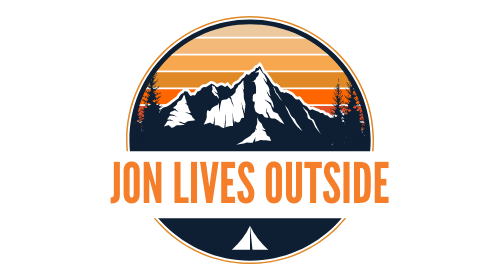Campfire Safety: Leave No Trace for All
Campfire Safety: Enjoy Responsibly and Sustainably
Ensuring safe practices around campfires is crucial for both personal safety and environmental protection. Always keep water close by and never leave the fire unattended. To put out the fire, douse it with water, stir the ashes, and make sure it's completely cool before leaving. Use established fire rings or create a circle of stones for containment. Start your fire small for better airflow and add larger logs gradually.
Follow Leave No Trace Principles: Use designated campfire spots and avoid disturbing wildlife to maintain the natural beauty of our outdoor spaces.
Educate Others: Share these practices with fellow campers to promote a cleaner and safer environment for everyone.
By following these guidelines, you can enjoy your campfire safely and responsibly, paving the way for memorable outdoor adventures.
Campfire Safety Tips
Campfire Safety Tips for a Safe Outdoor Experience
When you're out camping, making sure your campfire is safe can prevent accidents and protect both people and nature. Here are some tips to keep in mind:
Keep Water Handy:
Always have a bucket of water close by. This simple step can help you quickly handle any unexpected flames.
Never Leave It Unattended:
Even a few minutes away from a burning campfire can lead to dangerous situations. Always have someone keeping an eye on it.
Extinguish Properly:
Before you leave, make sure the campfire is completely out. Douse the fire with water and stir the ashes until everything is cool to the touch.
Avoid Flammable Liquids:
Using flammable liquids can be unpredictable and hazardous. Stick to safer methods like kindling and fire starters.
Keep Kids and Pets Safe:
Ensure children and pets stay a safe distance from the campfire. This helps prevent accidental burns or other injuries.
Building a Campfire
Understanding proper campfire techniques is just as crucial as recognizing the importance of campfire safety. Start by gathering the right materials: dry leaves, small twigs, and logs of varying sizes.
If you have a fire ring, use it; otherwise, create a circle of stones to contain the fire. Begin with a small structure, such as a teepee or log cabin style, to ensure good airflow. Light the fire using matches or a lighter, and add larger logs as it catches. Keep the fire at a manageable size to avoid accidents.
Always have a bucket of water or a shovel nearby to control the flames. By following these steps, you can safely enjoy your campfire.
Leave No Trace Principles

Following Leave No Trace principles is vital for keeping our natural spaces beautiful and unspoiled for future visitors. When we minimize campfire impact and properly dispose of ashes, we help preserve these areas.
Respecting wildlife and natural habitats means not disturbing plants or animals around the campfire. Always use designated campfire spots to protect untouched areas.
Spreading awareness by educating others on these principles promotes responsible behavior. When everyone adheres to these guidelines, we can enjoy nature without causing harm.
Our actions today influence the wilderness of tomorrow, so let's leave no trace and maintain our campsites in their pristine condition.
Conclusion
Campfire Safety: Leave No Trace for All
Campfire safety plays a crucial role in protecting natural habitats and ensuring pleasant outdoor experiences. Astonishingly, up to 85% of wildfires stem from human activities, including unattended campfires. By adhering to guidelines such as using local firewood, following Leave No Trace principles, and understanding local regulations, campers can significantly reduce wildfire risks.
These practices not only protect the environment but also ensure that it remains preserved for future generations, making outdoor adventures safer and more sustainable.
'Taking simple steps to manage campfires responsibly can have a big impact on preserving our natural spaces,' says Steven Banks, Manager of a successful sports business and freelance journalist.
